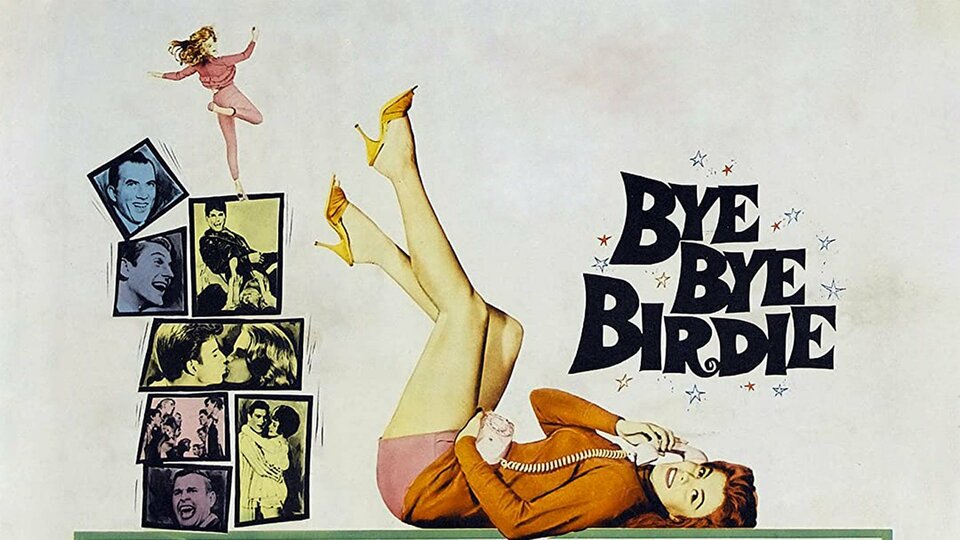waynethomasyorke.com – “Bye Bye Birdie,” released in 1963, is a musical comedy film directed by George Sidney. Based on the successful Broadway musical of the same name, the film is a vibrant and humorous take on the American teenage culture of the 1950s. With a lively cast, including Janet Leigh, Dick Van Dyke, Ann-Margret, and Bobby Rydell, “Bye Bye Birdie” captures the spirit of an era defined by rock ‘n’ roll and youthful enthusiasm.
Plot Overview
The film’s plot is set into motion when popular rock and roll star Conrad Birdie, played by Jesse Pearson, is drafted into the army. As a publicity stunt, a plan is devised for Conrad to give a farewell kiss to one lucky fan on “The Ed Sullivan Show” before he departs. The lucky fan chosen is Kim MacAfee, portrayed by Ann-Margret, a teenager from Sweet Apple, Ohio. The plans lead to a series of comedic and chaotic events involving Kim’s family, her jealous boyfriend Hugo Peabody (Bobby Rydell), and the show’s ambitious songwriter Albert Peterson, played by Dick Van Dyke, and his secretary/fiancée Rosie DeLeon, played by Janet Leigh.
Themes and Musical Numbers
“Bye Bye Birdie” explores themes of celebrity culture, generational conflict, and the impact of fame on ordinary lives. The film humorously portrays the frenzy and excitement surrounding a celebrity’s influence on American teenagers, while also highlighting the dreams and aspirations of the characters involved.
The film is renowned for its catchy musical numbers, including songs like “Put on a Happy Face,” “The Telephone Hour,” and “One Last Kiss.” These songs, along with the energetic choreography and colorful sets, contribute to the film’s enduring charm and appeal.
Performances and Direction
Ann-Margret’s performance as Kim MacAfee is a standout, showcasing her charisma and vibrant energy. Her rendition of the title song “Bye Bye Birdie” became iconic, further cementing her status as a star. Dick Van Dyke and Janet Leigh bring humor and warmth to their roles, while Jesse Pearson’s portrayal of Conrad Birdie captures the essence of a rock ‘n’ roll idol.
George Sidney’s direction emphasizes the comedic and satirical elements of the film, creating a lively and entertaining experience. The film’s visual style, with its bright colors and dynamic camera work, enhances the sense of fun and excitement.
Legacy and Cultural Impact
“Bye Bye Birdie” was a commercial success and remains a beloved classic in the musical comedy genre. Its depiction of teenage culture and celebrity influence continues to resonate with audiences. The film’s impact is evident in its ongoing popularity and its influence on later works that explore similar themes.
Conclusion
“Bye Bye Birdie” is a delightful musical comedy that captures the essence of 1960s American culture. With its engaging story, memorable music, and charismatic performances, the film offers a nostalgic look at a bygone era while maintaining its relevance and appeal to new generations. Its timeless humor and catchy tunes ensure that “Bye Bye Birdie” remains a cherished favorite among musical enthusiasts.
